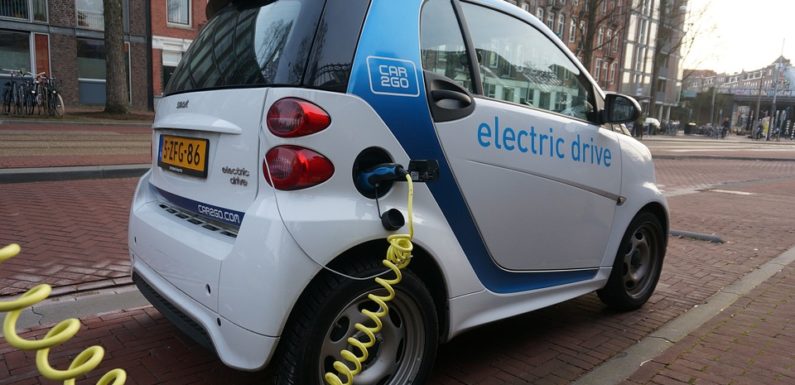
The electric vehicle industry has enjoyed rapid advancement in recent years. In the United States alone, this market experienced a 32 percent annual growth rate from 2012 to 2016 and, at present, is nearing 40 percent.
That’s just the beginning: Per a new report by Grand View Research, Inc., the global EV charging infrastructure market is expected to amass $45.59 billion by 2025. This progress will hinge on the continuation of some vital trends. Here is a look at a few of the most prominent trends.
EV Apps
One of the biggest trends in the EV charging market is the growth of service companies that produce apps and management software that connect EV charger manufacturers, parking lot owners and operators, and EV drivers.
These companies reduce the hassle of drivers of different types of electric vehicles having to worry about plugging into chargers built by different manufacturers, and for lot operators the convenience in being able to manage EV charger data and billing info reduces administrative overhead and makes the process as easy as possible.
Better, Longer-Lasting Batteries
Without question, the biggest key to success for the electric vehicle industry is improved batteries.
While many people have already invested in electric vehicles, plenty more who wish to do so have held off due to concerns regarding batteries. Quite simply, current EV models aren’t sensible for those who need to drive long distances.
Technological advancements are expected to mitigate this issue, however. Experts predict that, over the next decade, EV batteries will become less expensive and longer lasting—resulting in far more EV sales.
“Research, development, and deployment (RD&D) and mass production prospects are leading to rapid battery cost declines and increases in energy density,” according to a study conducted by the International Energy Agency (IEA). “Signs of continuous improvements from technologies currently being researched confirm that this trend will continue, narrowing the cost competitiveness gap between EVs and internal combustion engines (ICEs).
The increased demand for these improved batteries will have a strong ripple effect, as well. It will lead to more demand for the commodities required to manufacture batteries, like lithium, cobalt, and future battery materials.
Passage of More Eco-Friendly Policy
Regardless of how much electric vehicles and their batteries develop, the growth of this industry will greatly depend on policy. Because people are going to need far more places to charge their cars outside their homes, and local, state, and federal government bodies play a big part in the deployment of charging stations.
Moreover, it is up to the government to implement incentive programs—tax rebates, grants, subsidies—economy regulations, and environmentally-focused legislation that push people towards a cleaner means of transportation.
“Policy support will remain indispensable at least in the medium term for lowering barriers to electric car adoption. As electric car sales keep growing, governments will need to reconsider their policy tools,” per the IEA.
Therefore, cities that get ahead of the curve on developing and deploying EV and EVSE best practices and supporting policies will be able to serve as models for other cities, helping to generate momentum for the industry and, ultimately, accelerating the adoption of electric vehicles by the broader society.
More EV Drivers, Especially in California
Electric vehicles are slowly but steadily becoming more popular in the United States, growing to just over 1 percent of the national market. This may not sound like a lot, but in a country with hundreds of millions of cars, that means millions of electric vehicles.
Additionally, the share of electric vehicle sales is a much more impressive 5 percent in California, where the market benefits from laws and rebates that are specifically designed to get more electric vehicles on the road. There is also a better charging infrastructure for EVs that need to recharge on the go.
The example of California suggests that the nation could see a huge increase in EV sales once individual states reach a critical mass of driver awareness, financial and legal incentives, and adequate charging infrastructure.
These are some difficult and expensive hurdles to overcome, but California proves that it can be done, and even in California there is far more ground yet to gain. As more states and cities grapple with long-term pollution and sustainability problems, including fossil fuel depletion and global climate change, we will continue to see growth in the EV industry.
In the next ten years, look for further cooperation between industry, government, and concerned citizens, and look to California as the trendsetter in this fascinating technology. EVs have languished for many years, but now, at least, their day has arrived.

